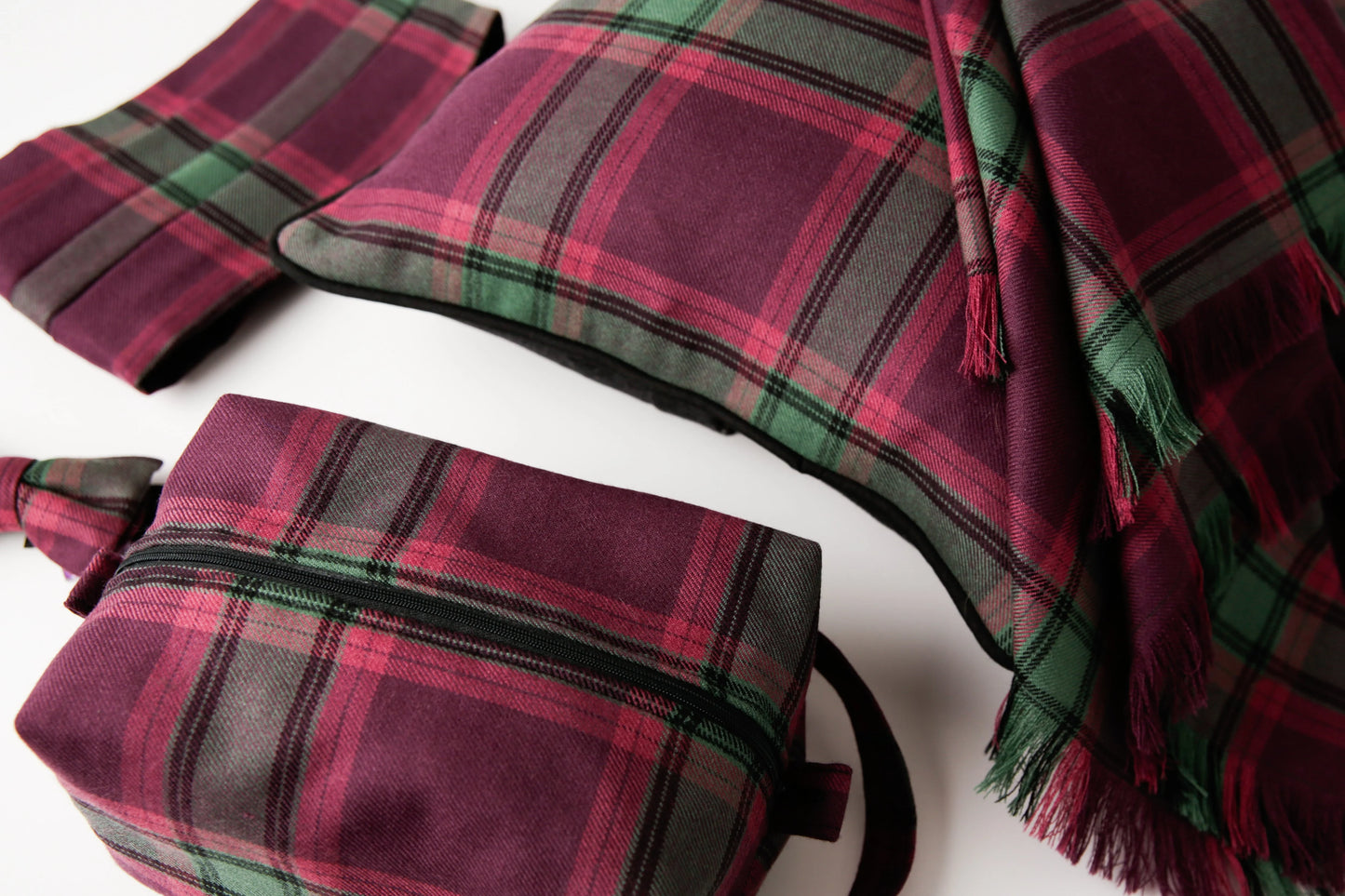
Mary Stuart
The enigmatic queen of Scots
In the compilation of our wee summary of Scotland’s first female Monarch, we used the brain of comedian, historian and broadcaster, Susan Morrison. Then off we went and disappeared down the rabbit warren of ‘the web’ to bring something a little more original to the well-told tale of Our Mary.
Royal Ascension
Mary Stuart is probably the most famous of all Scotland’s Monarchs and ascended to the throne at the tender age of 6 days old after her Father, James V, died following battle. It’s a Scottish pedantry that she is known as Queen of Scots – the people’s Queen as well as the sovereign of the land. Mary’s story is one of romance, courage and tragedy.
A Multifaceted Queen
She was glamorous, intelligent, frightening and charismatic. At 5 ft 11, she was extraordinarily tall for a woman of her time and made international headlines during her 44 years of life. She spent the early years of her life in Scotland and France, was massively clever, spoke 6 languages and was renowned for great eloquence. Her first marriage to the Francis, Dauphin of France restored the centuries old Auld Alliance in Scotland (a unification of France and Scotland against England’s colonial aspirations for both countries). A lesser known fact was that Mary was also Queen Consort of France before Francis died in 1560.
Contrasting Biographical Perspectives
As biographies go, hers is full of contrast. Some saw Mary as a charismatic, clever and unifying figure in Scotland whilst others pilloried her for what they perceived as her manipulation and divisiveness. She was worshiped and denounced in equal measure. Eventually, imprisoned by her cousin (Queen Elizabeth I of England) in castles and palaces throughout England for almost 19 years.
Religious Tensions and Political Intrigues
Her life was also much influenced by huge upheaval within the churches of both Scotland and England as the tensions increased between the Protestant and Catholic churches in both Kingdoms - as well as the political and imperial aspirations from both thrones. In her second and most infamous marriage to Lord Darnley (he was murdered and she was one of the key suspects!), Mary gave birth to James VI of Scotland who then went on to become James I of England following the death of Elizabeth I. James later ascension to the English throne secured the Union of the Crowns and the rest is history (and herstory).

Legacy of Strength and Passion
Mary was eventually sentenced to death by Elizabeth on the charge of plotting her assassination. She was executed on February 7th 1587. From all written accounts at the time, she went to her death with courage, dignity and serenity – giving her the status of martyr for many then and still today. Whatever the opinions of Mary’s character, she was strong, brave and passionate.
Queen of Scots Tartan
Originally designed to celebrate the re-creation of the Scottish Parliament and the restoration of this unique monarchical title after nearly 300 years and dedicated also to Mary Queen of Scots who was the first women to rule Scotland in her own right. She was married to the King of France and was briefly Queen there. Mary also had a strong claim to the throne of England too. How different the history of the British Isles may have been had she not been forced to abdicate in 1567. The colours were chosen to match the specially-designed outfit worn by Queen Elizabeth on that day: colours which were based on the theme of the thistle, the symbol of Scotland, which in turn gave us our national motto: Nemo Me Impune Lacessit. They are overlaid with bands of royal purple which represent the Royal Houses which have provided the United Kingdom with its monarchs since the Union of the Crowns in 1603.
View full details





